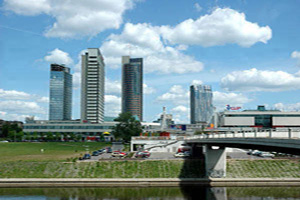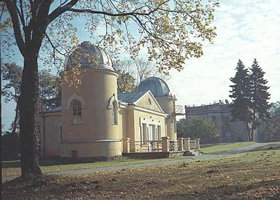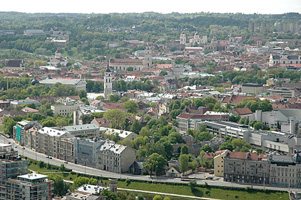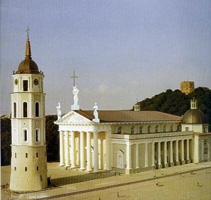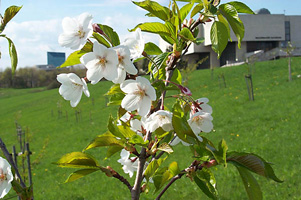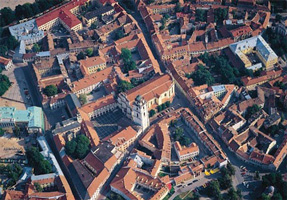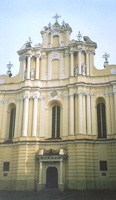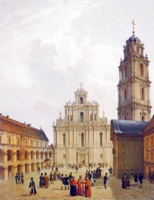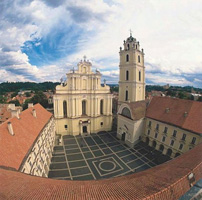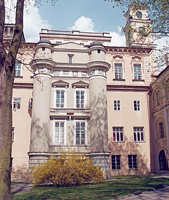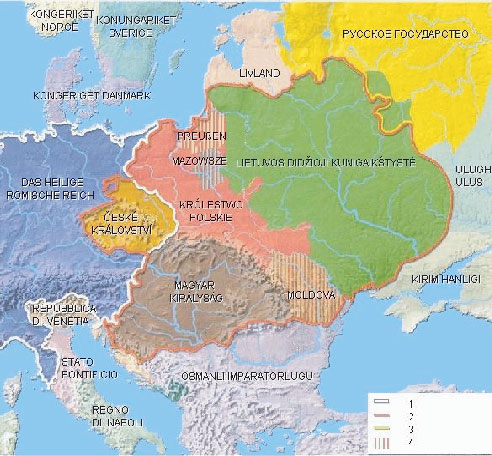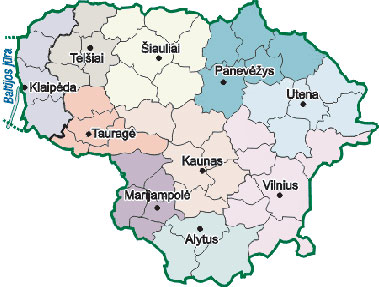|
Modified: |
|
RCBJSF-9Tv Our organizing committee has decided next 9th Russia/CIS/Baltic/Japan Symposium on Ferroelectricity (RCBJSF-9) will be held in Vilnius, Lithuania, June 15 to 20, 2008. And, our committe has also decided to change a holding interval from every 4 years to 2 years because of the strong desire from Russia/CIS/Baltic sides. RCBJSF-9 website is provided in: http://www.rcbjsf.ff.vu.lt/ (Mar 05, 2007 updating)
Lithuania is one of the Baltic states. The Baltic states refer to Estonia, Latvia, Lithuania, and sometimes Finland. Estonia, Latvia, and Lithuania were controlled by the Soviet Union during 1940-1941 and 1944(1945)-1991, and have been members of the European Union since 2004. Today the three countries are liberal democracies, parliamentary republics, and very quickly growing market economies. Finland was also subjected to Soviet aggression during World War II and has a close historical relationship and close cultural ties with Estonia, thus Finland is sometimes included as a Baltic State [Wikipedia contributors , 'Baltic countries', Wikipedia, The Free Encyclopedia, 31 May 2006, 02:29 UTC].
Map in medieval Europe
URL of Vilnius University: http://www.vu.lt/english/ |
||||||||||||||||||||||||||||||||||||||||||||||
